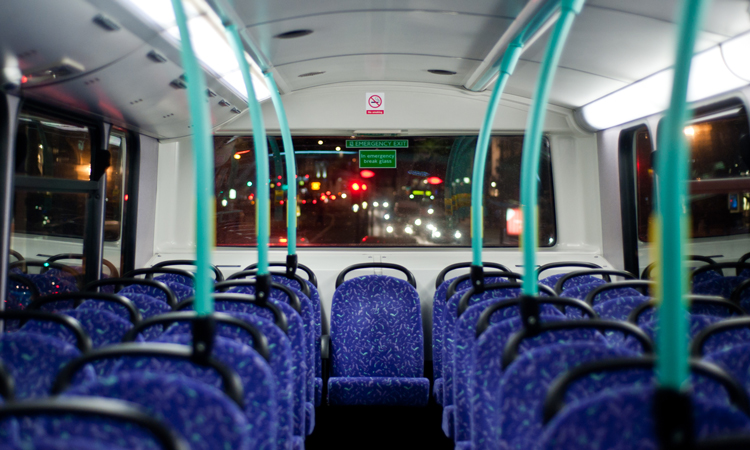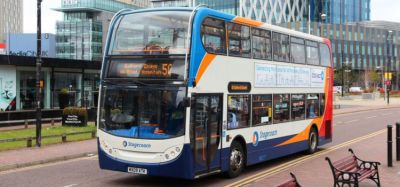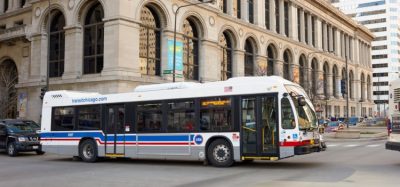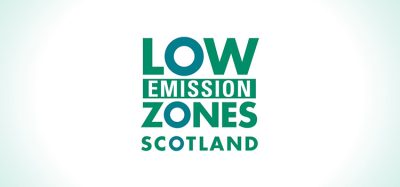Ensuring ride-sharing solutions aren’t detrimental to public transport
- Like
- Digg
- Del
- Tumblr
- VKontakte
- Buffer
- Love This
- Odnoklassniki
- Meneame
- Blogger
- Amazon
- Yahoo Mail
- Gmail
- AOL
- Newsvine
- HackerNews
- Evernote
- MySpace
- Mail.ru
- Viadeo
- Line
- Comments
- Yummly
- SMS
- Viber
- Telegram
- Subscribe
- Skype
- Facebook Messenger
- Kakao
- LiveJournal
- Yammer
- Edgar
- Fintel
- Mix
- Instapaper
- Copy Link
Posted: 18 February 2019 | Gregory Erhardt - University of Kentucky, Tara Nolan (Intelligent Transport) | No comments yet
Is there strong evidence that ride-sharing is to blame for declining public transport use, or is it just a coincidence? What is the best move for the future?


In January 2019, a study from the University of Kentucky highlighted that the declining use of public transport services could likely be due to the increased popularity of ride-sharing. To gain a deeper insight into this perception, Intelligent Transport’s Junior Editor, Tara Nolan, spoke to Gregory Erhardt, Assistant Professor at the Department of Civil Engineering, University of Kentucky, and one of the study’s leaders.
How important is it for bus to remain a big player in public transport networks? Would you say there is a unique opportunity for buses in the current transport landscape?
It is very important: bus continues to be the highest ridership transit mode in the U.S. (APTA Fact Book). It offers flexibility that rail does not, and capacity advantages over cars and ride-hailing. The capacity issue is important, particularly in dense urban areas. What we seem to be observing with ride-hailing is that travellers are moving away from buses, walking or biking towards ride-hailing, and that increases congestion, both for cars and the remaining bus users.
You are quoted in the report/press release stating: “For a long time it’s been about ride-hailing complementing transit in different ways. That is true to a degree. But it’s a question of whether it’s happening enough.” What would you suggest doing to ensure ride-hailing complements public transport adequately?
The specific policy solutions go beyond the scope of this particular study. Options that are, or should be on the table, include congestion pricing – similar to the systems in place in London and Stockholm – and re-thinking how urban right-of-way is allocated among cars, transit, bicycles and pedestrians. The key point I made in the paper is that in order to properly evaluate those policy solutions, we need to start from the correct diagnosis of the problem.
How important are partnerships between public and private companies for the success of bus transport?
The question here is: a partnership to do what? Simply establishing a partnership doesn’t change the underlying dynamic of modal competition, so agencies should think carefully about what a partnership can realistically accomplish and how.
How do you see the trend between public transport and ride-hailing companies playing out in the near future?
Ride-hailing has grown rapidly over the past few years. While it may be reasonable to expect continued short-term growth, this study is not a forecasting study, and there is little I can say specifically.
Biography


Related topics
Fleet Management & Maintenance, On-Demand Transport, Passenger Experience
Related modes
Bus & Coach, Ride-sharing & Car-sharing
Related organisations
University of Kentucky
Related people
Gregory Erhardt








